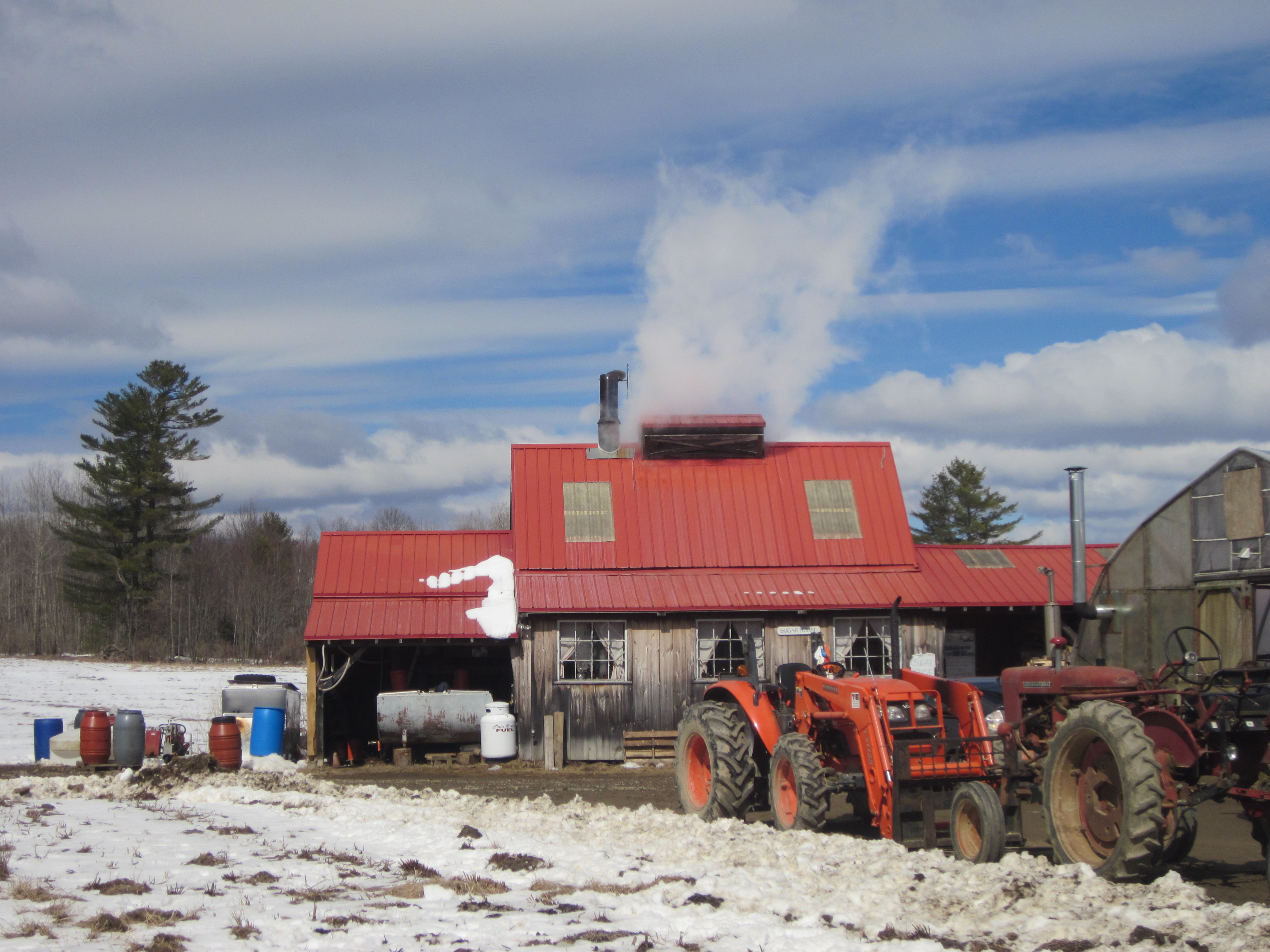
We spent two Saturdays exploring the sugarhouses of southern Maine learning the intricacies of maple syrup making. We visited Hilltop Boilers in Newfield, Cooper's Royal Heritage Farm in Windham, and Goranson Farm in Dresden. It was a lot of fun, and very interesting. Here's what we learned.
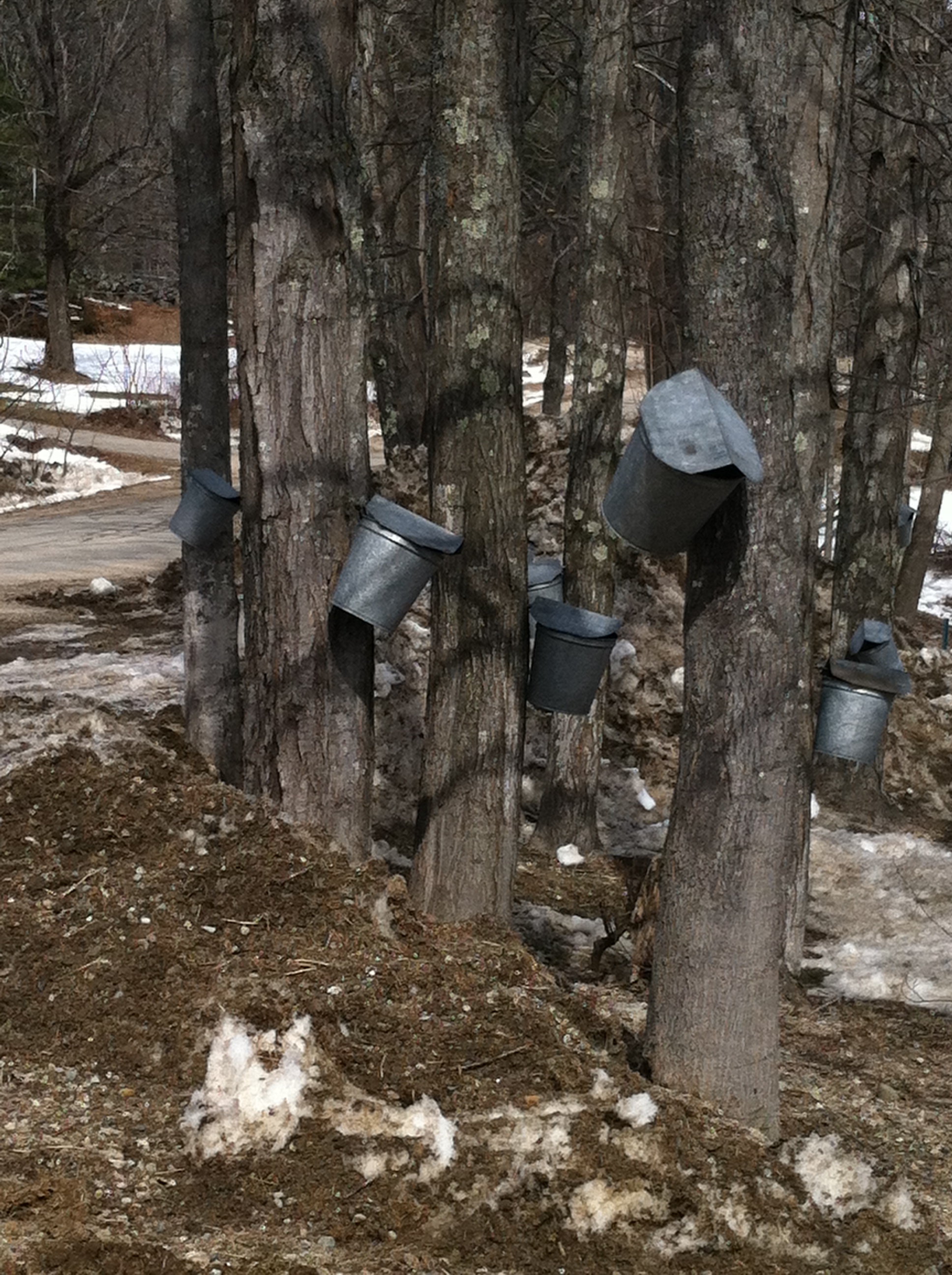
In some places you see yards and yards of plastic tubing strung among the trees like an enormous spider web; this greatly reduces the labor of trekking out into the snow to retrieve the contents of hundreds of buckets. You might think it's not very picturesque, but your opinion might change if it were your turn to go empty the buckets on a frosty New England morning!
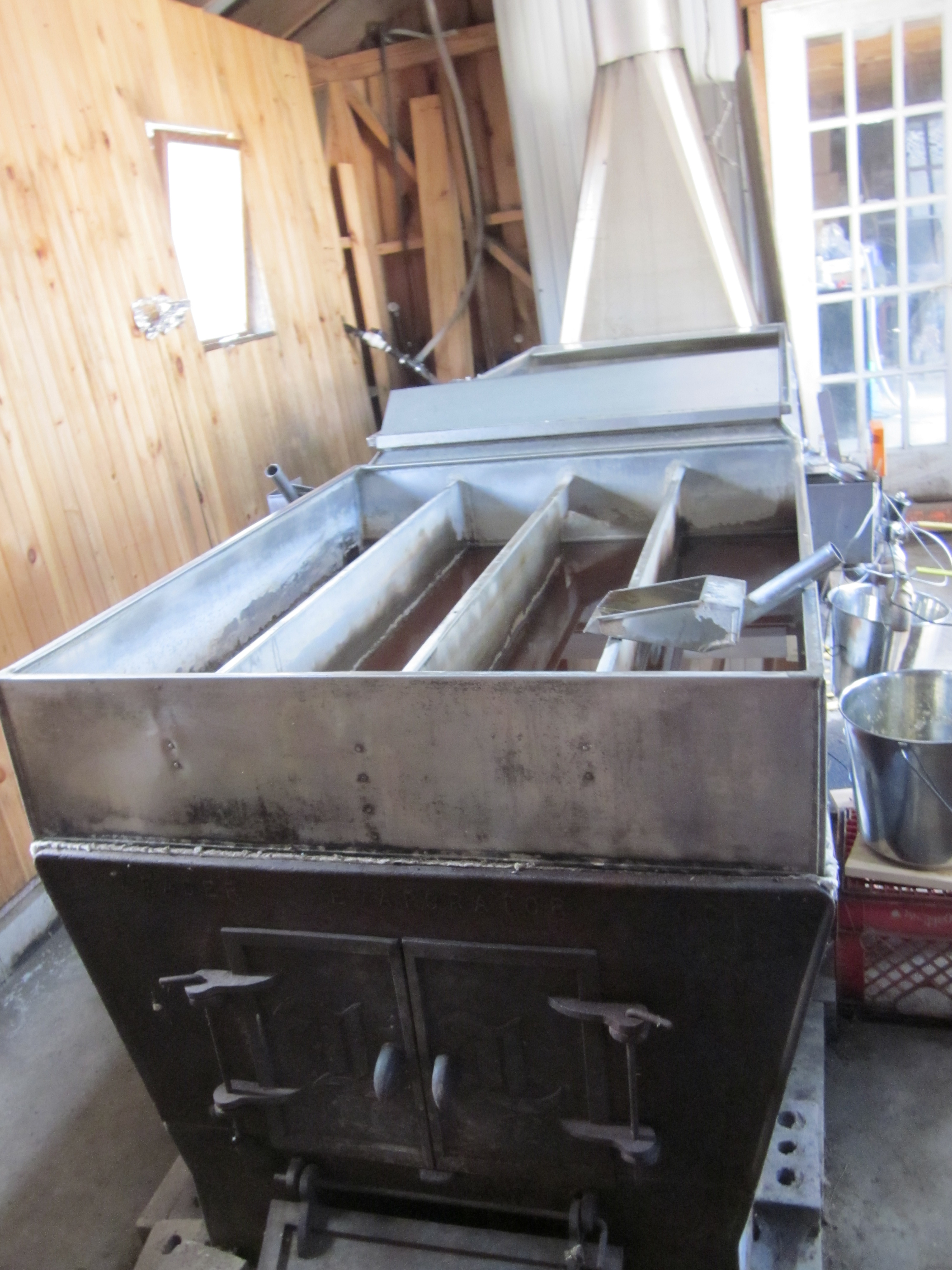
Some syrup-makers use oil-fired evaporators, but wood is a renewable resource typically in plentiful supply on the farms where syrup is made. There's nothing quite like the smell of wood smoke and boiling maple sap on a cool March morning to say "spring's coming!"
Increasing numbers of farms are now using sophisticated reverse-osmosis (RO) equipment to extract pure water from the sap. This enriches the sap so it requires less boiling time and less fuel. It also means more light syrup and less of the overcooked B-grade that fetches a lower price.
Other farmers do not use RO for a variety of reasons, and many have very strong feelings on the subject.
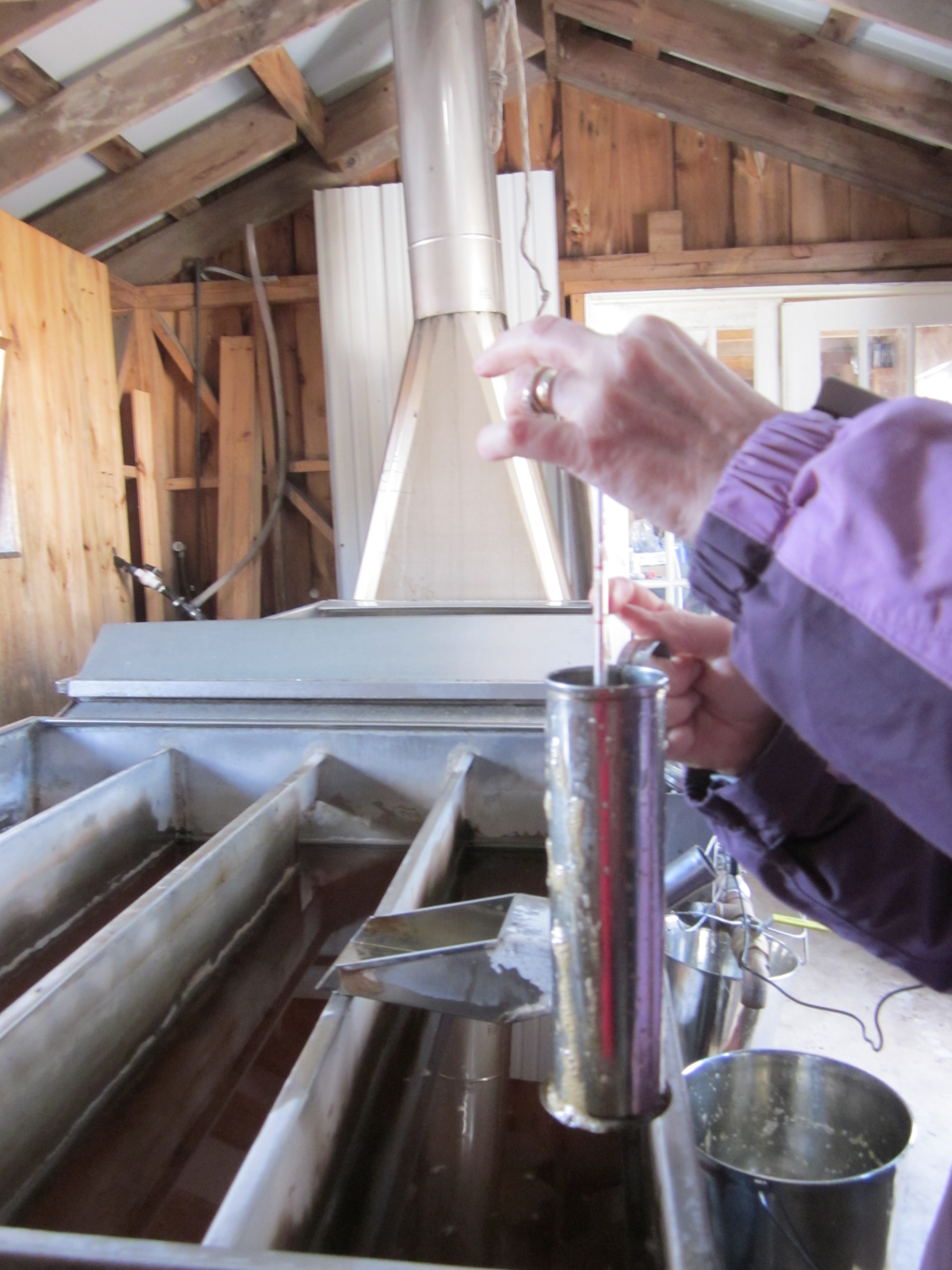
Gaylene Cooper showed me the equipment and explained the process from tap to bottle.
- Then the sap is boiled in the evaporator until it has reached the right sugar concentration. All grades of syrup have the same sugar concentration - they taste different because the boiling time required to reach that concentration varies depending upon many factors, including whether the sap was concentrated first via reverse osmosis. If it is too thick, it is thinned with hot sap that has not boiled so long.
When the boiled syrup reaches the proper sugar concentration (66 Brix), it is filtered. The gritty filtrate is called sugar sand. Nobody I talked to could think of any use for the stuff.
- The filtered, hot syrup is bottled in sterile glass, metal, or plastic containers. Some of the glass containers can be quite fancy.
- A sample of the syrup is graded by color. In the device shown here, the sample is put into an empty glass bottle and matched against 4 standard samples.
The bottles are labeled and sold.
There's a lot of confusion about grades of maple syrup. The first thing to know is the syrup all has the same sugar concentration, but the sugars are not all the same. The longer it boils, the darker it gets. Grade A Light Amber (Fancy in Vermont) comes from sweet sap early in the season that does not have to boil very long. The flavor is more complex and delicate.
Darker syrup has boiled longer, so some of the longer-chain sugars have broken down into simple sugars. It may taste sweeter, and it has a flavor commonly thought of as more "mapley".
The darkest syrup is not sold to retail customers; it is sold to processed food makers like B&M Baked Beans or common supermarket table syrups to be blended with corn syrup and caramel color.
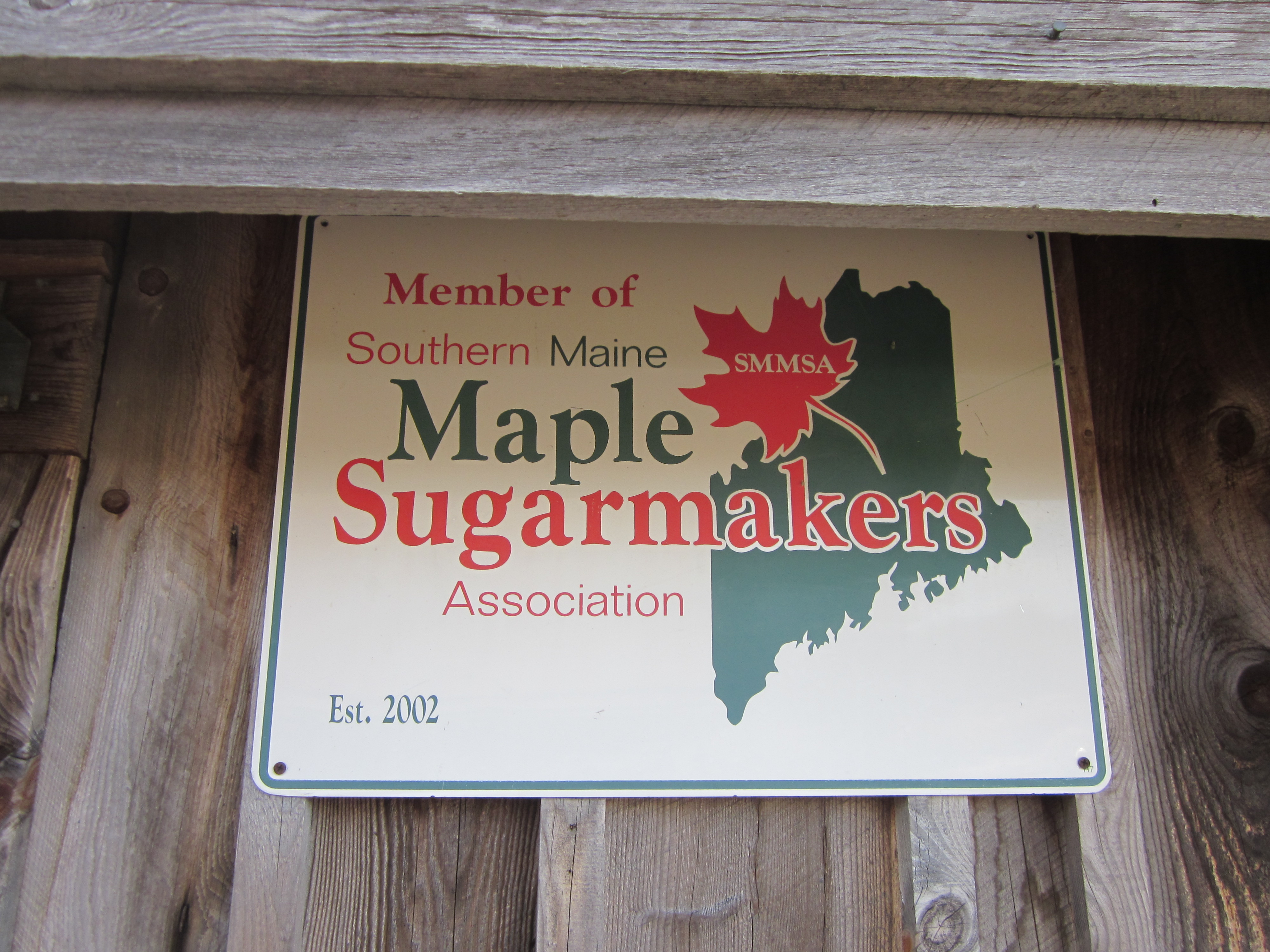
Most of the US grades syrup as Grade A for retail sale and Grade B not for retail sale. Grade A is divided sensibly into Light, Medium, and Dark Amber. Maine and some others include an Extra-Dark Amber grade that is still palatable but too dark for the stringent dark-amber requirements. One baker I interviewed about the subject swears by the darkest syrup she can get, "almost black!" in her words.

I have acquired samples of all the Maine grades, including one made from Red Maple Sap. I hope to get some Vermont syrup next week. I plan to do a maple dinner soon to try out these flavors and see if we can find any sense of terroir, see how different are the grades, and what are they good for...strictly in the interest of Science, of course!

Comments